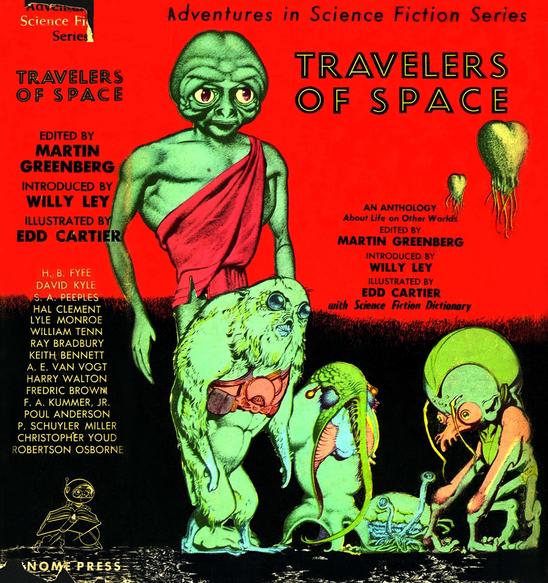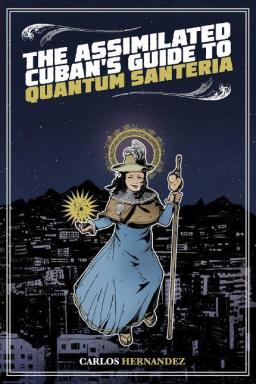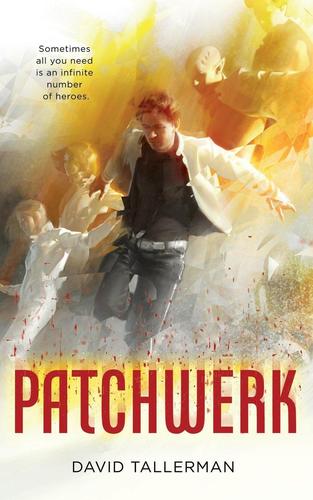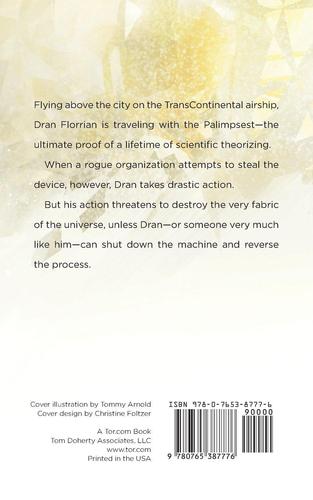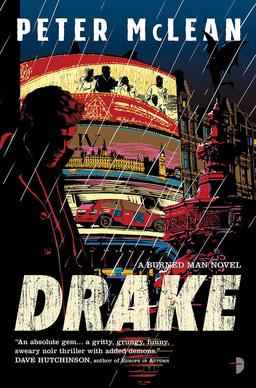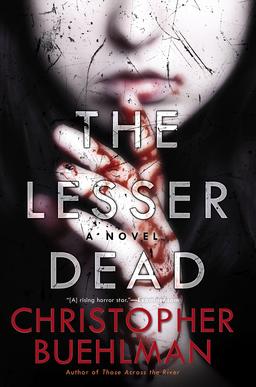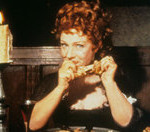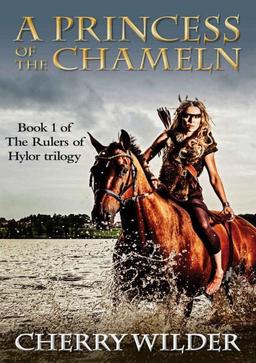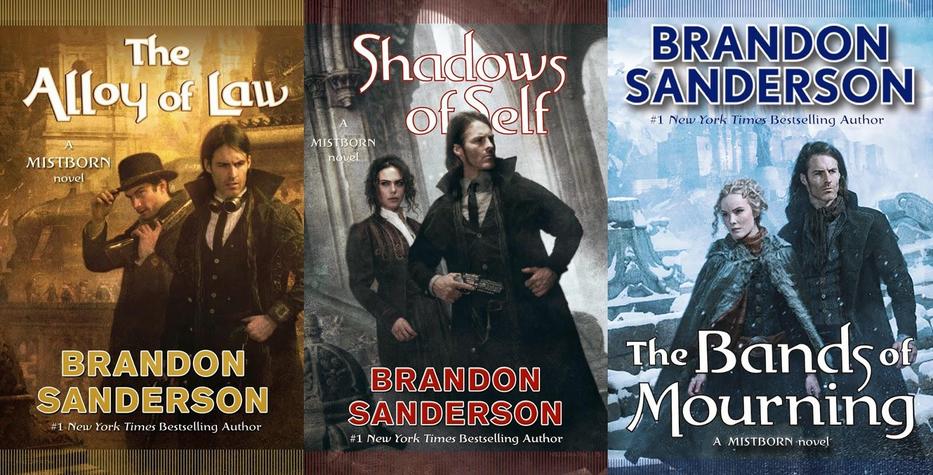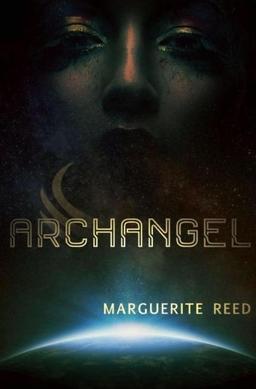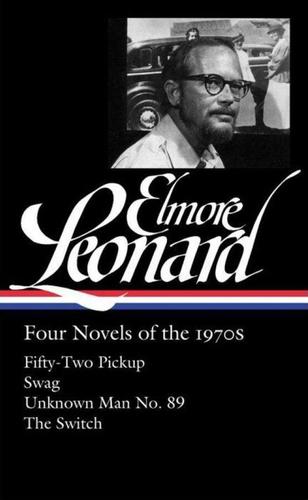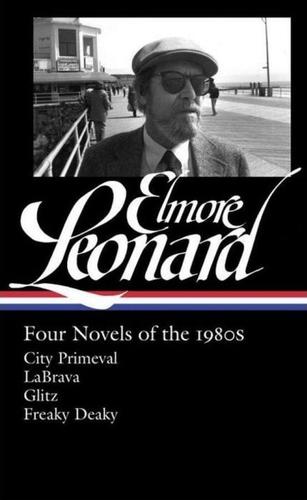Vintage Treasures: Travelers of Space, edited by Martin Greenberg
Gnome Press, the brainchild of Martin Greenberg and David A. Kyle, was founded in 1948, and it published some of the most important science fiction and fantasy of the 20th Century in hardcover for the first time — including Sixth Column by Robert A. Heinlein (1949), The Castle of Iron by L. Sprague de Camp and Fletcher Pratt (1950), Conan the Conqueror by Robert E. Howard (1950), I, Robot (1950) and Foundation (1951) by Isaac Asimov, City by Clifford D. Simak (1952), Robots Have No Tails by Lewis Padgett (1952), Judgment Night by C.L. Moore (1952), and Sands of Mars by Arthur C. Clarke (1952). The Gnome Press hardcovers — gorgeously designed and made with great care — are some of the most collectible books in the field.
For me however, the most desirable Gnome Press books are their original titles, and especially their anthologies, which gathered neglected short fiction from the Golden Age of science fiction pulps for the first time. They published several in their Adventures in Science Fiction series, all edited by Martin Greenberg, including Men Against the Stars (195), Journey to Infinity (1951), The Robot and the Man (1953), and Travelers of Space (1951).
